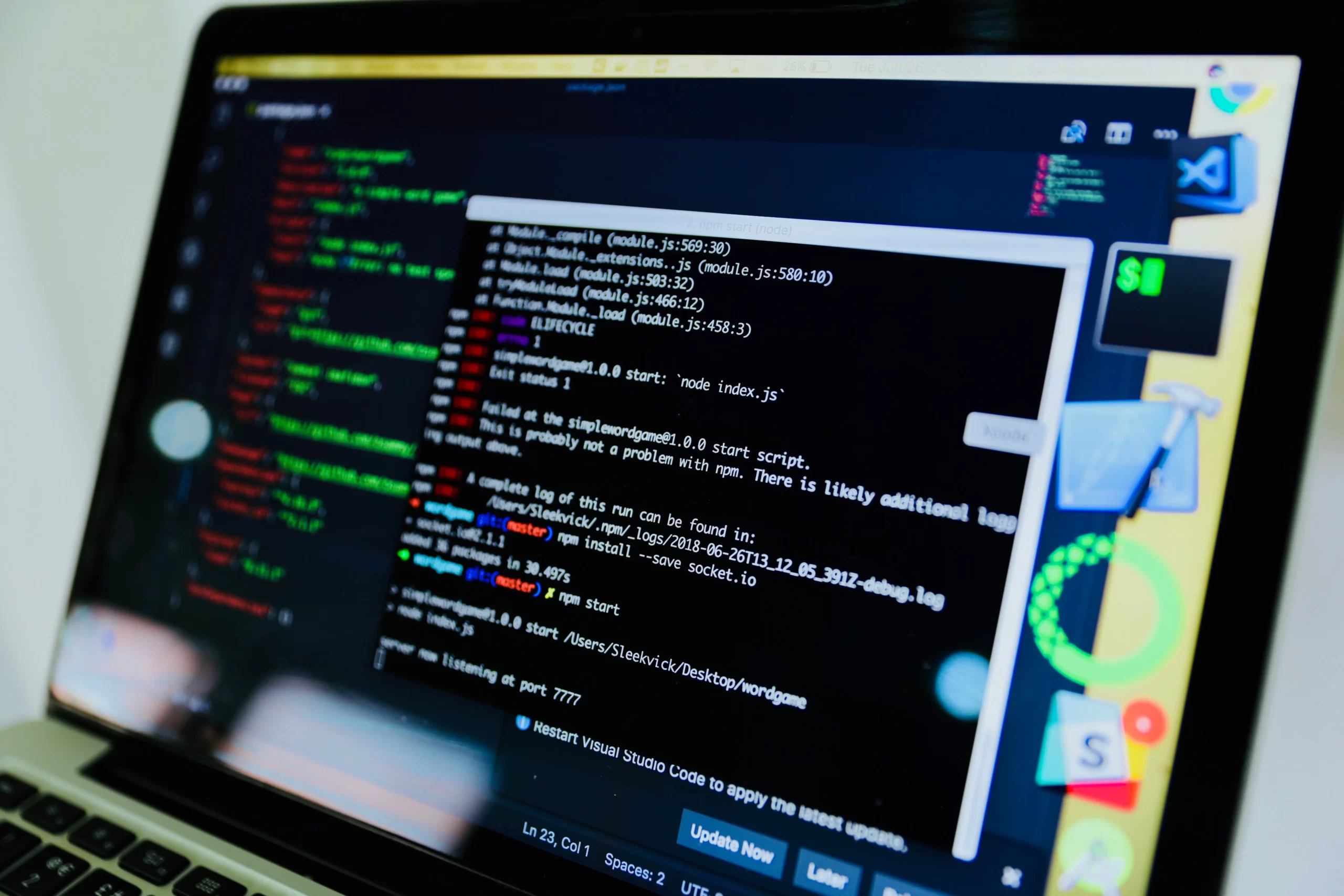The Linux update command is an invaluable tool for any Linux user. With this simple command, you can quickly and easily update your system, ensuring you have the most recent software and security updates. In this blog post, we’ll cover how to use the Linux update command to keep your Linux system up to date-and running smoothly.
Checking for Updates
To check for updates on your Linux system, you can use the following command, depending on your Linux distribution:
- For Debian, Ubuntu, and their derivatives:
sudo apt update
- For Fedora and its derivatives:
sudo dnf check-update
- For CentOS and its derivatives:
sudo yum check-update
- For Arch Linux and its derivatives:
sudo pacman -SyThe above commands will update your Linux system’s package list and show any available updates. This will allow you to see what packages are available for updates without actually installing them.
It’s a good practice to periodically check for updates, so you can keep your Linux system up-to-date and secure.
Updating Software
To update a specific software or package on your Linux system, you can use the following command, depending on your Linux distribution:
- Debian, Ubuntu
sudo apt update
sudo apt install <package_name>
- Fedora
sudo dnf update <package_name>
- CentOS
sudo yum update <package_name>
- Arch Linux
sudo pacman -Syu <package_name>
Replace <package_name> with the name of the package or software, you want to update.
The above commands will update the specific package or software to its latest version.
It’s important to keep all software up to date on your Linux system to ensure you have the latest security patches and bug fixes.
Updating Firmware
Firmware is a set of instructions that helps the operating system control your hardware. Firmware updates can add features to the device or patch up security vulnerabilities. It’s important to keep your firmware up to date for improved security and performance.
Most Linux systems have some kind of package manager for updating firmware, but you’ll need to check your manufacturer’s website for specific instructions on how to do this. Generally, you will need to download the firmware from the website, and then install it. Depending on the type of firmware you’re updating, you might need to use a command line tool like dnf or apt-get.
You’ll want to make sure you double-check that you’re installing the right firmware for your system. For example, if you’re updating a graphics card, make sure you get the right driver for your make and model. Once you’ve downloaded the firmware, you can use the package manager to install it.
Firmware updates can take a bit of time, so be sure to leave yourself enough time to complete the process. And when you’re done, reboot your system so the new firmware can take effect.
Updating Application Packages
To update application packages on your Linux system, you can use the package manager provided by your Linux distribution. The process for updating application packages will vary depending on your Linux distribution and the package manager you are using.
For example, on Debian and Ubuntu, you can use the following commands to update all installed packages:
sudo apt update
sudo apt upgrade
- On Fedora, you can use the following command to update all installed packages:
sudo dnf update
- On CentOS, you can use the following command to update all installed packages:
sudo yum update
- On Arch Linux, you can use the following command to update all installed packages:
sudo pacman -Syu
After running these commands, your package manager will update all installed packages to their latest versions. It’s important to keep your applications up to date as it can improve their functionality, fix bugs, and address security vulnerabilities.
beginner for Ethical hacker: If you are interested in hacking and want to know more about cyber security and hacking tools and how they work then this website itforc.com is great for you. It can help you a lot and make your work easier.
